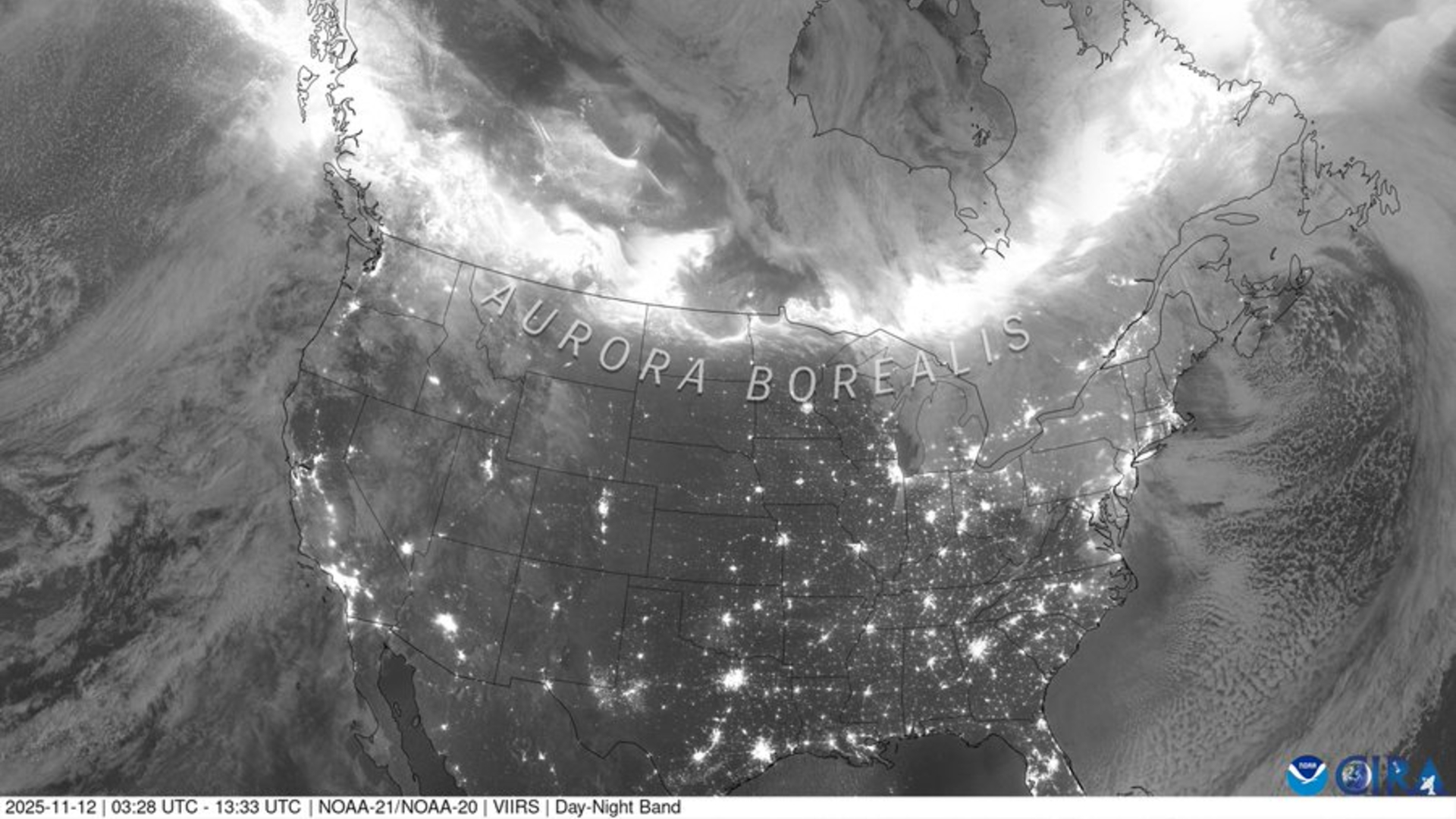Indian rocket launch fails, Earth-observation satellite lost (video)
The failure was due a problem with the third stage of the mission's Polar Satellite Launch Vehicle rocket.
India's attempt to launch an Earth-observing radar satellite tonight (May 17) ended in failure.
The Indian Space Research Organisation's (ISRO) EOS-09 spacecraft lifted off atop a Polar Satellite Launch Vehicle (PSLV) rocket from Satish Dhawan Space Centre on Saturday at 8:29 p.m. EDT (0029 GMT or 5:59 a.m. India Standard Time on Sunday, May 18). The satellite was lost due to an issue with the third stage of the rocket about six minutes into the launch.
"The PSLV is a four stage vehicle. Up to the second stage, the performance was quite normal," ISRO Chairman V. Narayanan said in a televised statement after the launch. "Third stage, motor started perfectly, but during the functioning of the third stage, we are seeing a observation, and the mission could not be accomplished. After analysis, we shall come back."

ISRO officials reported the same statement on social media, referring to the rocket as PSLV-C61.
"PSLV-C61 performance was normal till 2nd stage. Due to an observation in 3rd stage, the mission could not be accomplished," ISRO stated on X.
Today 101st launch was attempted, PSLV-C61 performance was normal till 2nd stage. Due to an observation in 3rd stage, the mission could not be accomplished.May 18, 2025
The EOS-09 launch was intended as the ninth mission in India's Earth Observation Satellite series. The satellite was equipped with a synthetic aperture radar (SAR) payload, which had been it successfully deployed, would have allowed observations of our planet both day and night and through cloud cover.
The 3,735-pound (1,694 kilograms) EOS-09 had been scheduled to deploy from the PSLV's upper stage about 18 minutes after liftoff, at an altitude of 332 miles (535 kilometers).
"Its ability to provide round-the-clock, reliable intelligence is especially significant given ongoing security concerns along India’s borders with Pakistan and China," India Today wrote, before the launch failure.
Breaking space news, the latest updates on rocket launches, skywatching events and more!
EOS-09 was the second orbital liftoff of the year for India. The first occurred in January, when a Geosynchronous Satellite Launch Vehicle launched the NVS-02 navigation spacecraft to the final frontier.
Tonight's launch was the 101st to date for ISRO and the 63rd for the four-stage, 146-foot-tall (44.5 meters) PSLV. The workhorse rocket was flying in its "XL" configuration, which featured six strap-on solid rocket boosters. This was only the third failure in the rocket's 32-year history.

Michael Wall is a Senior Space Writer with Space.com and joined the team in 2010. He primarily covers exoplanets, spaceflight and military space, but has been known to dabble in the space art beat. His book about the search for alien life, "Out There," was published on Nov. 13, 2018. Before becoming a science writer, Michael worked as a herpetologist and wildlife biologist. He has a Ph.D. in evolutionary biology from the University of Sydney, Australia, a bachelor's degree from the University of Arizona, and a graduate certificate in science writing from the University of California, Santa Cruz. To find out what his latest project is, you can follow Michael on Twitter.
You must confirm your public display name before commenting
Please logout and then login again, you will then be prompted to enter your display name.
